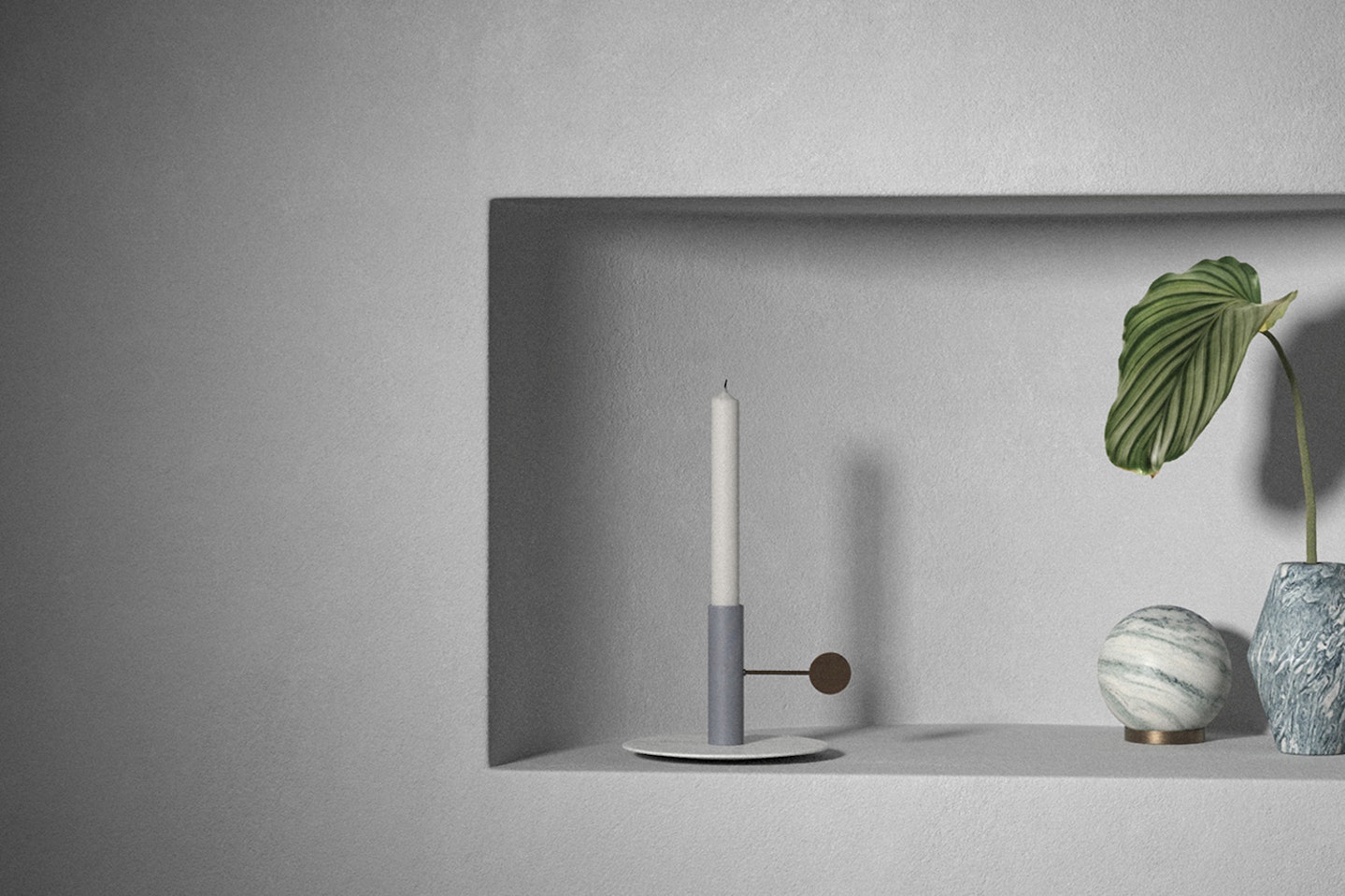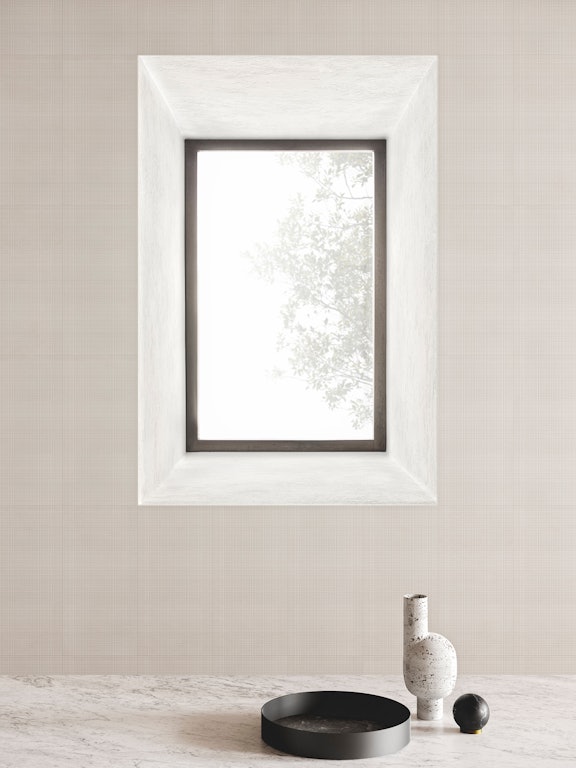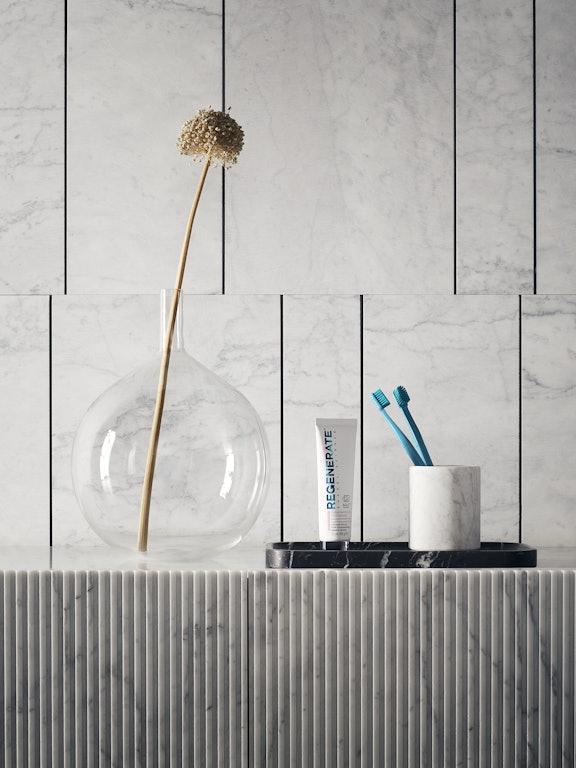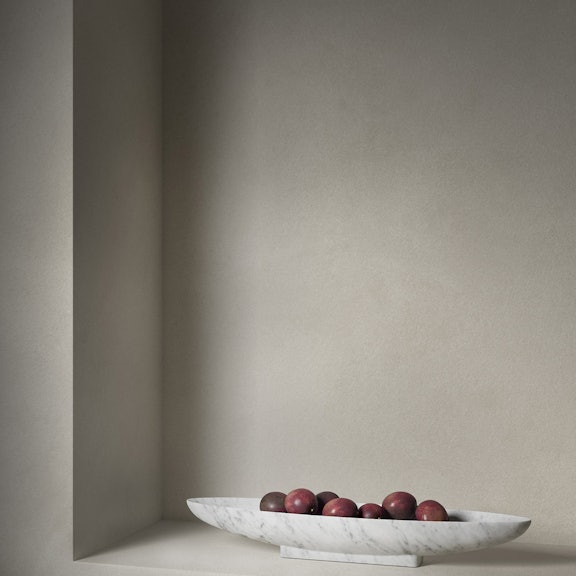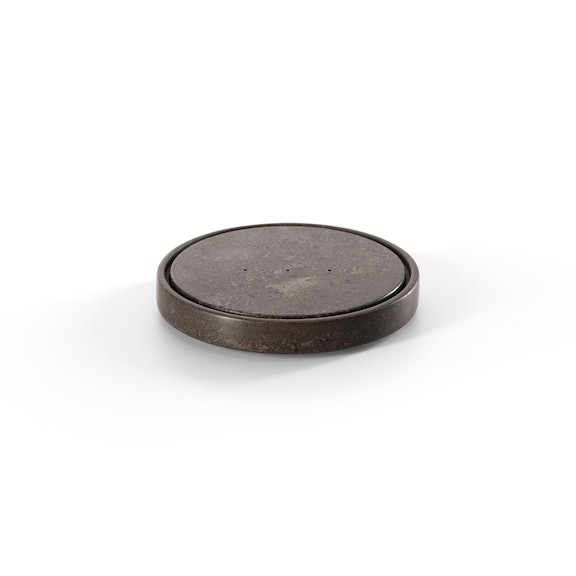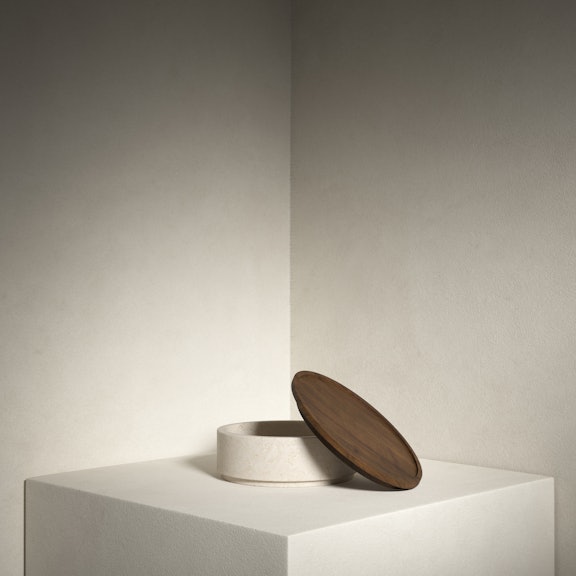Human-centred design: design for a better lifestyle
03.2022
Learn how human-centred design is changing the way we live for the better, in ways we may not even realise
Human-centred design and how it improves everyday life
Perhaps we aren’t consciously aware of it, but human-centred design has shaped many of our everyday objects for some years now. Whether we like it or not, our daily lives are littered with products in which design not only relates to their functionality but also the user’s experience and emotions.
In this article we explore the topic, looking at the guiding principles and the key phases this approach has to product development, from identifying a product need through to implementing a solution. Last but not least, we share an example of the results of the human-centred design process within the world of interior design.
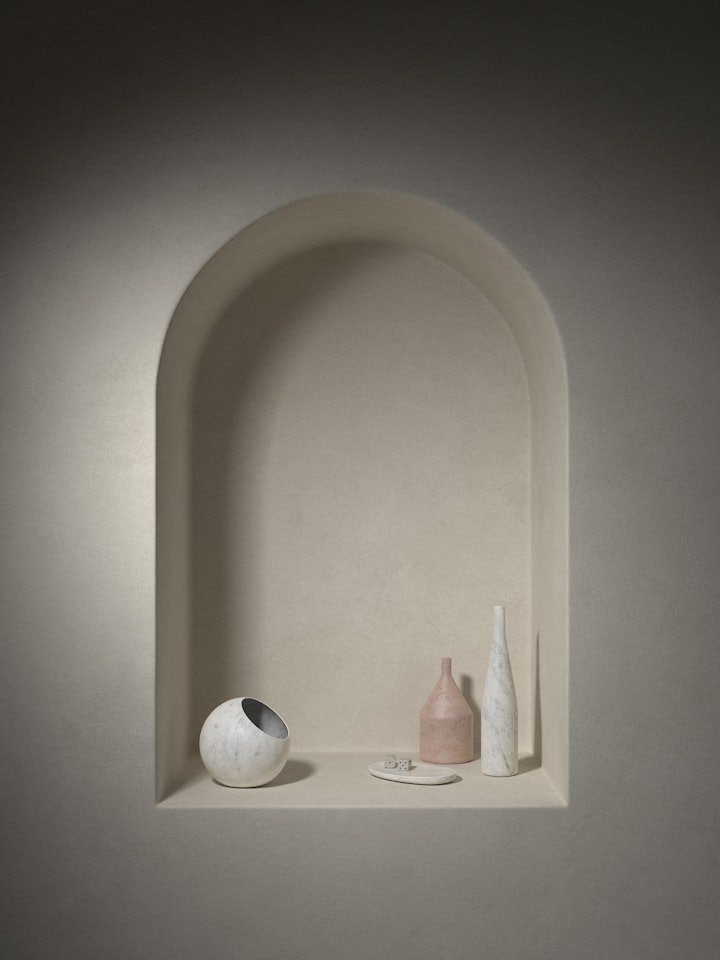
What is human-centred design?
Human-centred design (or HCD) is an approach that addresses problems and develops solutions by putting the human perspective at the centre of every phase of the problem-solving process. In other words, it favours the development of solutions that respond to the needs of human beings by improving not only the efficiency or effectiveness of a product, but also the wellbeing and satisfaction of every user. This means that the product is a perfect fit for our needs both in a functional and aesthetic sense and it is this aspect that makes HCD inextricably linked to emotional design, the branch of design focused on transmitting emotions through products that touch the heart of those who see and touch them.
Human-centred design is applied to a wide variety of sectors including interior design and here too, it is used to develop innovative products that improve wellbeing.
Unsurprisingly, there are a series of principles and processes that guide this approach, which we will now take a look at.

The principles of human-centred design
When it comes to talking about design based around human beings and their needs, there are 6 fundamental principles:
- The design must be based on a real understanding of the user, the way the object will be used and the context it will be used in. The aim is not only to understand the potential end user, but also how and where it will be utilised.
- Potential users must be involved in every phase of the design and development process, starting with observing the problem in situ, followed by brainstorming and then the conceptualisation, development and implementation of the eventual solution.
- When it comes to prototyping and testing, there needs to be rigorous testing at each phase of the development process, once again highlighting the importance of ensuring that users are at the heart of everything.
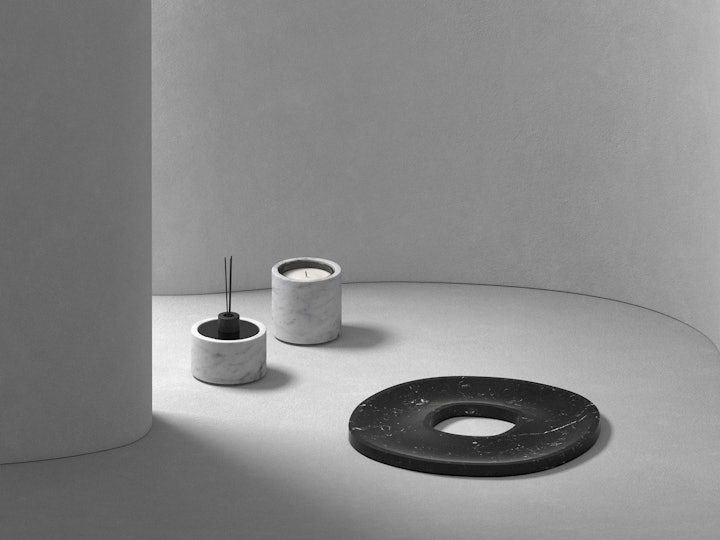
- Feedback and dialogue are crucial, rather than relying simply on users to explain what they need from a product. Sometimes they simply don’t know how to convey what they really need, so part of the process is observing, asking and listening.
- The goal must always be to create positive emotions so that the consumer wants to keep using the product. This means that the aesthetics of a design must never come at the cost of functionality and a great user experience.
- The development team should always include a multi-disciplinary set of individuals who offer different perspectives not only regarding how the product will be used in a number of different contexts, but aspects such as how it might affect delivery, repair, installation, cleaning and so on.
If these principles are adhered to, it is hard to imagine a product emerging at the end of the process which does completely satisfy every potential user who will come into contact with it, while also notably improving everyday life.
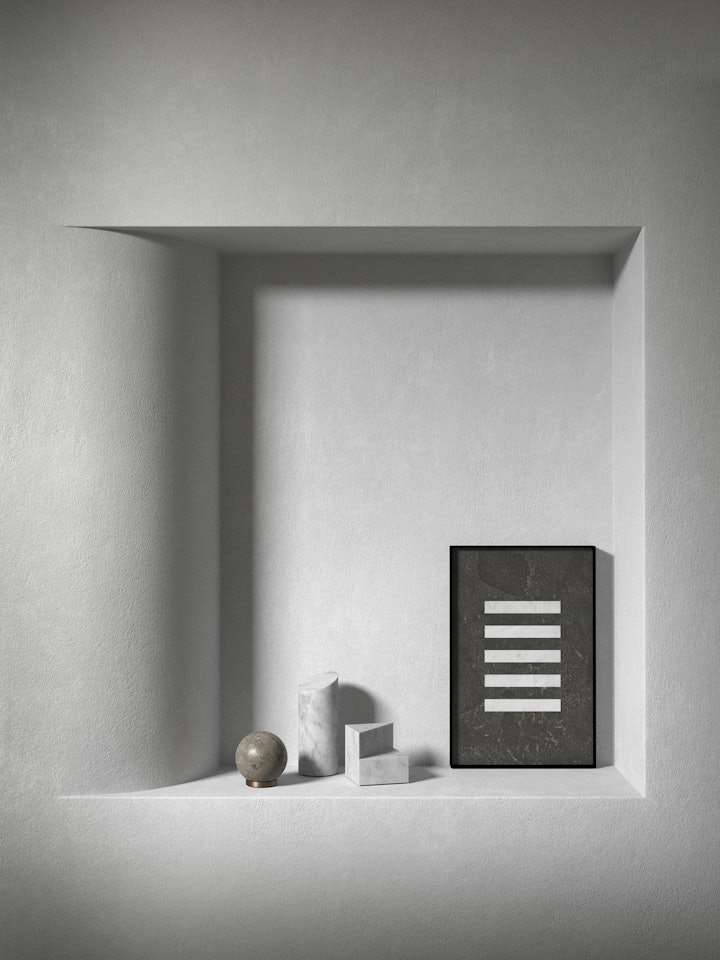
Development phases of the human-centred design approach
The development process for human-centred design can be long and complex, but in essence, we can summarise it in 4 key phases:
- Understanding and describing the usage context. As we mentioned above, this is fundamental if we really want to understand the people who use and will use the product
- Identifying what the product needs to deliver if we want to have happy users (in other words, the why and how it will be used)
- Designing various solutions
- Testing, prototyping and evaluating the different solutions
These 4 main phases are followed in any human-centred design process even though, as we have already said, ideally users should be involved in testing the product or a prototype in the early phases as well as the latter ones. As with a puzzle, when the pieces find their right place at the right moment, you end up with a complete solution. In the case of design, a functional object that improves the life of whoever uses it.
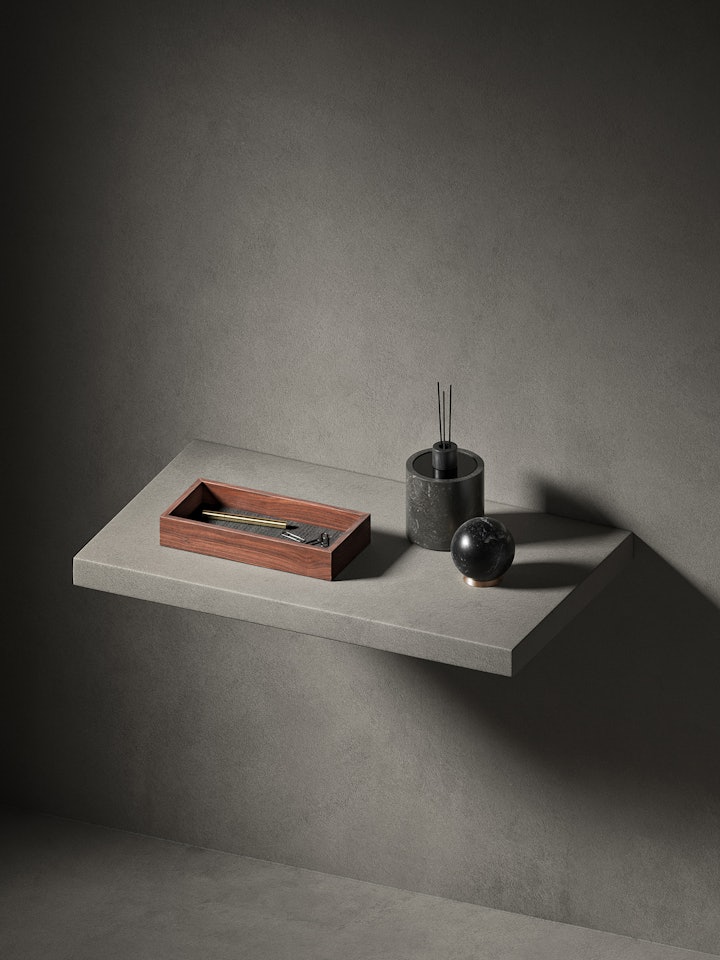
The Pietra L collection: an example of human-centred design
As we stated at the beginning of this article, HCD has wide-ranging applications across all sectors, including interior design. It is an approach we have long embraced, developing products that combine aesthetics and functionality, with the aim of enriching our clients’ environments and lives. We believe that surrounding yourself with beautiful and useful objects has a positive effect on your wellbeing and mood.
The entire Pietra L collection is an example of this philosophy. It is based on taking everyday objects and transforming them into extraordinary objects of design that delight all who come into contact with them. Understated and elegant, each piece is a contemporary and stylish reinterpretation of commonplace accessories that often tend to be purely functional, maybe even banal. Comprising items ranging from trays, containers, soap dishes and bookends to umbrella stands, candle holders and scent diffusers, the collection represents a holistic approach to design that responds to our emotional, functional and aesthetic needs.
We have looked at what human-centred design means, along with the key principles that guide it and main steps involved in developing a product in line with this approach. We also saw an example of the results of this philosophy, with our Pietra L collection, which is just one of many Salvatori products developed with the Holy Grail of functionality and aesthetics in mind. Whether you are looking for a beautiful and innovative tile solutionv for your walls or floors, unique bathroom solutions or stylish furniture and accessories, we have a solution that will meet your needs. We’d love to hear from you, so if you have any questions or would simply like to discuss your design ideas with one of our experts, please get in touch.
